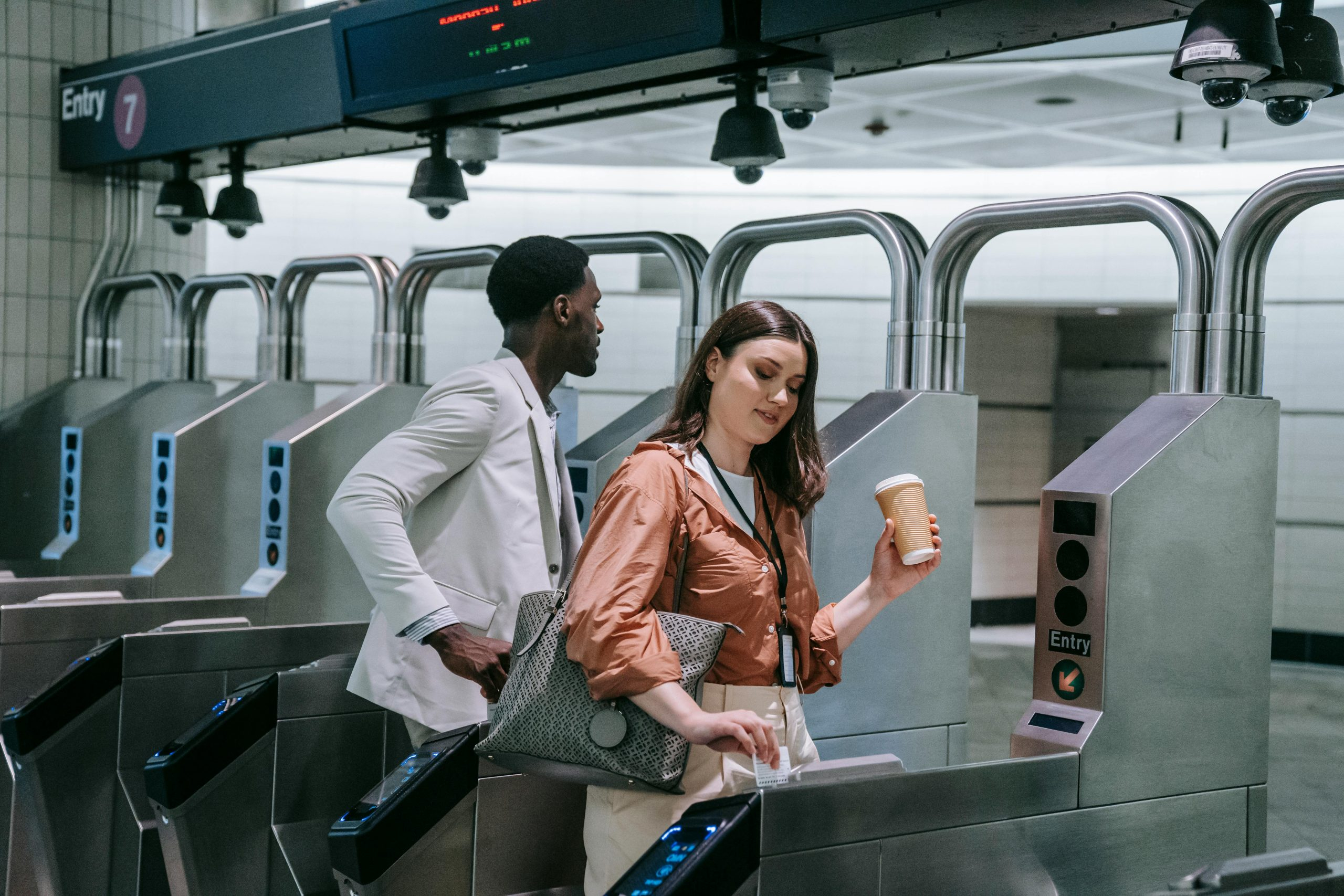Navigating Public Transportation Systems in Foreign Cities Simply
Welcome travelers! Exploring a new city can be an exhilarating experience – the sights, sounds, and culture are all waiting to be discovered. However, getting around in a foreign city can be a daunting task, especially if you don’t speak the language. Fear not, as navigating public transportation systems in foreign cities can be simple and seamless with a little bit of planning and the right tools. In this article, we’ll share some useful tips on how to navigate public transportation in foreign cities effortlessly. So sit back, relax, and let’s discover together.
Understanding the Transportation System
The first step to navigating public transportation in a foreign city is to understand the types of transportation available. In most major cities, you’ll find a combination of buses, trains, and subways. Some cities may also have trams, ferries or other modes of transportation. It’s important to familiarize yourself with the types of transportation available and their routes before setting off on your adventure.
Research Your Route
Researching your route beforehand can save you a lot of time and hassle. You can use Google Maps or other navigation apps to plan your journey and get detailed directions. These apps also provide real-time information on schedules, delays, and even alternative routes. Make sure to note the name and number of the bus or train line you need to take, as well as the stations you need to transfer at.
Check for Special Passes or Deals
Many cities offer discounted or unlimited passes for tourists. These passes are often cheaper than buying individual tickets and can save you a lot of money if you plan on using public transportation frequently. Some cities also offer special deals, such as tourist passes that include entrance to popular attractions along with transportation. Research the city’s local transportation website or ask for information at the visitor’s center to find the best deals for your trip.
Utilize Technology
In today’s digital age, having a smartphone can make navigating public transportation in a foreign city much easier. Here are some ways you can use technology to your advantage:
Purchase Tickets Using Your Phone
In many cities, you can purchase and store your tickets on your phone using a mobile app. This eliminates the need to carry cash or search for ticket vending machines. Some cities even offer discounted fares for using the mobile app, so it’s definitely worth checking out.
Use Local Transportation Apps
Many cities have their own transportation apps that provide real-time information on schedules, routes, and delays. These apps can be especially useful when navigating unfamiliar public transportation systems. Make sure to download the local transportation app before your trip.
Get Familiar with the Local Language
While it may not be possible to learn an entire language before your trip, learning a few key phrases can go a long way when navigating public transportation in a foreign city. Knowing how to say “Where is the bus stop?” or “I need a ticket to (destination)” can help you communicate with locals and ensure a smoother journey. If all else fails, using a translation app on your phone can also come in handy.
Be Aware of Peak and Off-Peak Hours
Peak hours in most cities are usually between 7-9 am and 5-7 pm, when people are commuting to and from work. During these times, public transportation can be crowded and delays are more common. If possible, try to plan your journeys during off-peak hours to avoid the rush and have a more comfortable ride.
Be Prepared for the Unexpected
Despite all your planning, unexpected situations can still occur when navigating public transportation in a foreign city. In case of delays or changes in routes, make sure to have some extra cash on hand for alternative transportation options. It’s also helpful to have a map of the city and the transportation system in case you need to find an alternative route on foot.
With these tips, navigating public transportation in a foreign city can be simple and stress-free. Remember to do your research, utilize technology, and be prepared for the unexpected. By following these guidelines, you’ll be able to explore a new city like a local. Happy travels!










